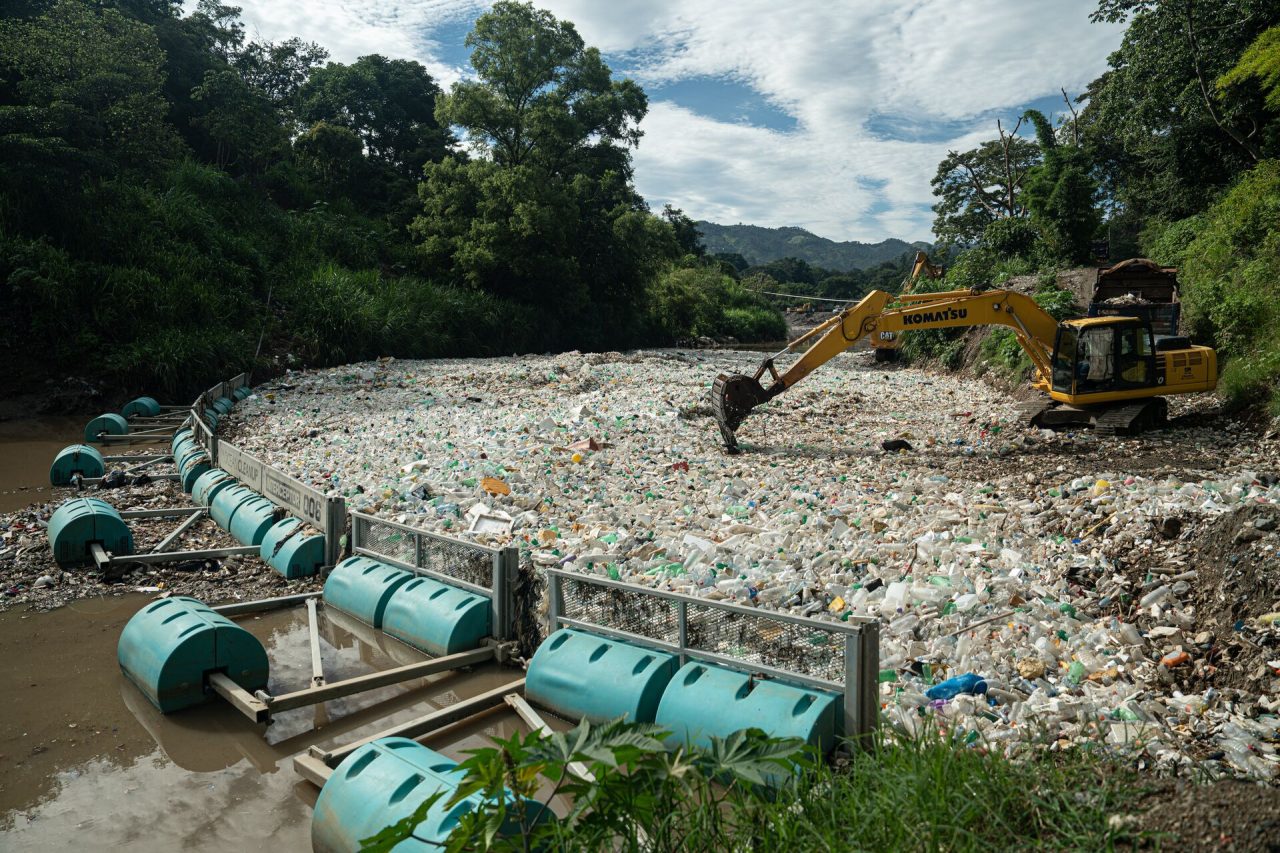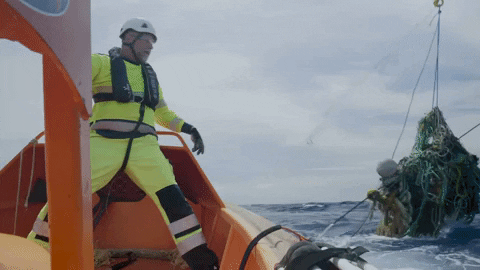The driver behind our mission to rid the world’s oceans of plastic is to make the ocean a healthier place for all life that benefits from it, so our number one priority is safety for the environment and our crew. While the overall risks of our operations were found to be low, the Environmental Impact Assessment (EIA) conducted by CSA Ocean Sciences determined that some interactions are likely with some species of fish, sea turtles, and certain neustonic organisms with limited mobility, so we must minimize this impact as much as possible.
The EIA notes that the long-term impact on marine species of the removal of large amounts of plastic and marine debris should be beneficial, and it is unlikely that any potentially impacted species will decrease in number. As data is still limited, there is uncertainty about the residual impact our operations may have on these communities; therefore, we aim to help fill these knowledge gaps by continuing to collect data during our operations and sharing this with the scientific community.
Additionally, a net environmental benefit analysis (NEBA) was conducted to identify which components of the environment are most affected—both positively and negatively— by our operations. To support this approach, we reference the recent study by Egger et al. (2025), which applied a NEBA framework to assess the impacts of macroplastic cleanup in the Great Pacific Garbage Patch. Their findings indicate that marine life is more vulnerable to unmanaged plastic pollution than to cleanup activities, and that removing legacy plastics can reduce the risk of long-term microplastic impacts on ocean carbon cycling in the region. Notably, the study shows that the estimated carbon emissions from cleanup operations are up to two orders of magnitude smaller than the carbon cycle disruptions caused by persistent microplastics. This reinforces the importance of targeted mitigation strategies and supports the overall environmental value of responsible plastic removal.
Our systems are designed to be safe for the marine environment, incorporating several design and operational mitigation measures to help detect, avoid and deter animals from entering the system. These measures also allow animals to escape if needed and actively remove them if escape is not possible. As we continue to operate and gather more insights, we consistently develop new mitigation strategies. With ongoing advancements in our technology and a deeper understanding of the dynamics of the Great Pacific Garbage Patch and its marine life, we remain committed to adapting our systems to ensure our impact on this environment is as positive as possible.

